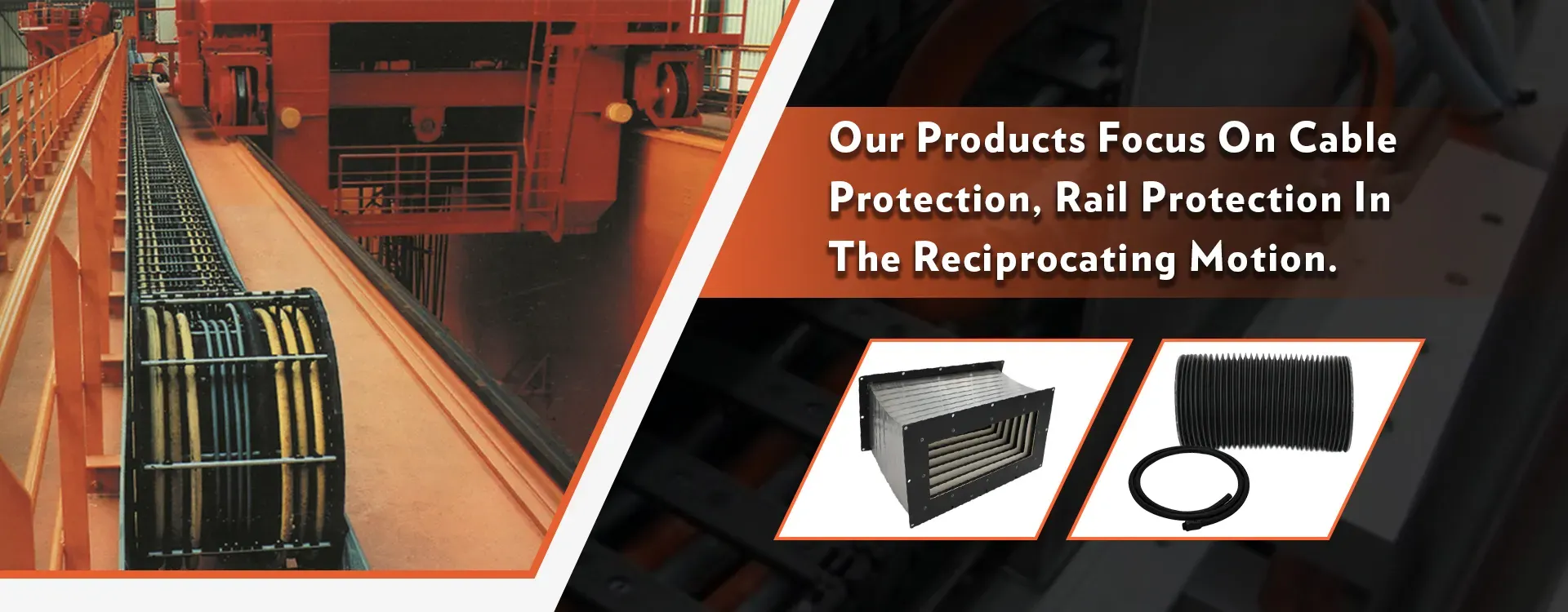open drag chain
Understanding the Open Drag Chain A Crucial Component in Modern Engineering
In the realm of mechanical engineering and automation, the efficiency of moving parts plays a pivotal role in the overall performance of machinery. One of the essential components that facilitate movement and protect cables or hoses from wear and tear is the open drag chain. Commonly utilized in various applications, from manufacturing assembly lines to robotics, the open drag chain serves an indispensable function in enhancing operational efficiency.
An open drag chain, also known as an energy chain or cable carrier, is designed to guide and protect cables and hoses as they move with machinery. Unlike traditional cable management systems that can be bulky, open drag chains are lightweight and versatile, making them ideal for applications where space is a premium. The design typically consists of connected links that create a continuous loop. This allows cables to be pulled into the chain without becoming tangled or experiencing friction, which can lead to damage over time.
One of the key advantages of open drag chains is their ability to accommodate movement across various axes. In machines with dynamic movements, such as robotic arms or CNC machines, open drag chains can move smoothly while keeping cables organized. This flexibility significantly reduces the risk of wear and tear, leading to longer-lasting equipment and reduced maintenance costs.
open drag chain

Moreover, open drag chains come in various materials, sizes, and configurations, making them adaptable to specific needs. For instance, high-temperature environments may require chains made from heat-resistant materials, while those in outdoor settings might benefit from UV-resistant options. Additionally, custom designs can provide solutions for unique applications that standard products may not address.
Another significant aspect of open drag chains is their contribution to safety and organization. In industrial environments, the presence of loose wires and cables can create hazards, such as tripping or equipment malfunction. Open drag chains provide a neat and orderly way to manage this infrastructure, reducing risks and improving the overall workplace environment.
The installation of an open drag chain system is relatively straightforward. Many systems are designed for easy assembly, which helps minimize downtime during equipment upgrades or maintenance. Technicians can quickly replace components or adjust the configuration of the chain, leading to enhanced productivity in fast-paced environments.
In conclusion, the open drag chain is a vital component in modern engineering, contributing to the longevity and efficiency of machinery. By providing a reliable method for guiding and protecting cables and hoses, open drag chains facilitate smoother operations and safer work environments. As industrial automation continues to evolve, the importance of such innovative solutions will only grow, making open drag chains a focal point for engineers looking to optimize performance and safety in their designs. Embracing the advantages of open drag chains is not just a trend; it's a strategic move towards enhanced operational excellence in a competitive landscape.








